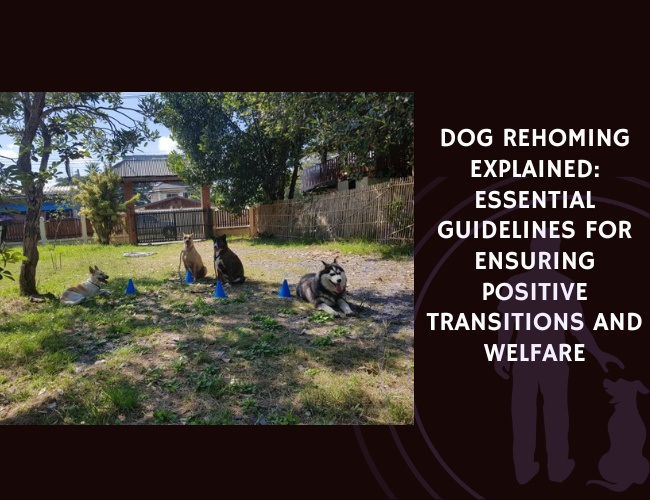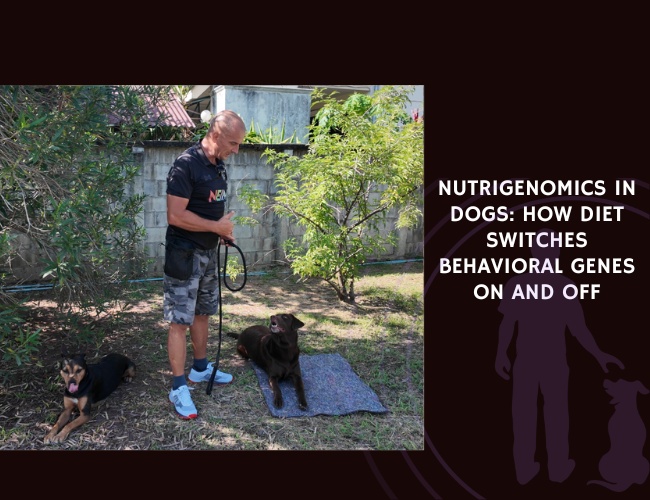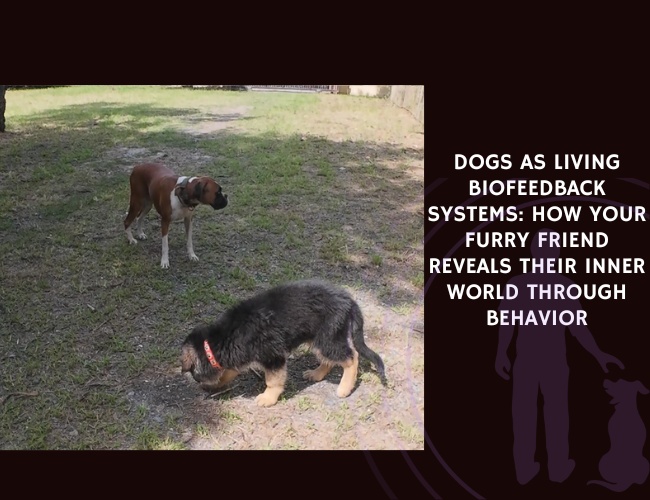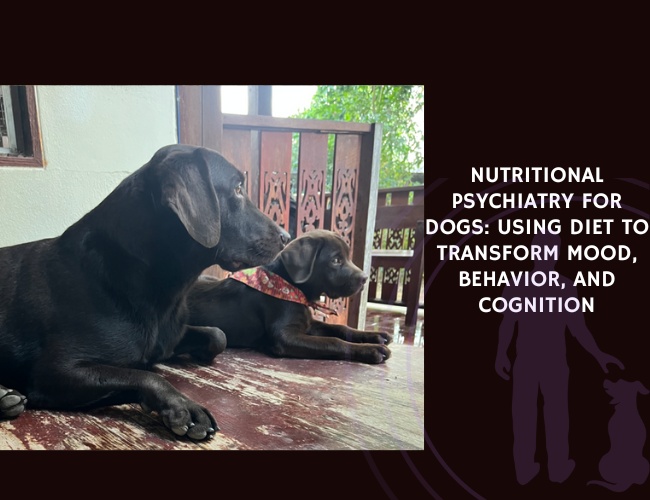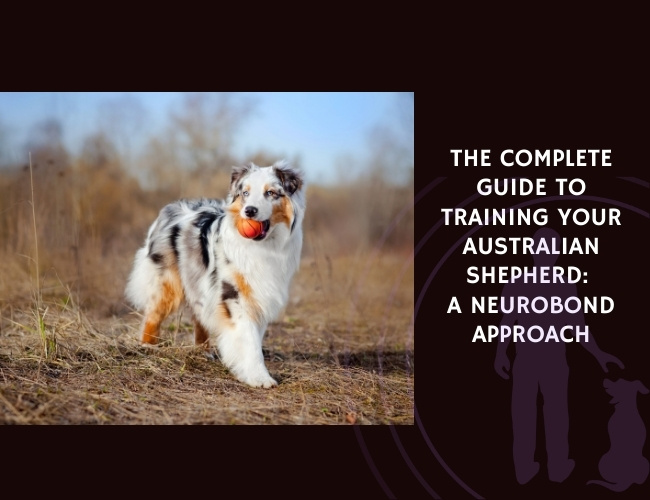Understanding dog rehoming: An introduction
What dog rehoming means today
Dog rehoming is when a family or individual gives up their dog to another home, often through a rescue service, shelter, or direct adoption. In today’s society, rehoming is not just about finding a new owner but making sure the dog’s well-being and adjustment are central throughout the process. Given rising awareness of animal welfare, many communities are focusing on creating positive, safe transitions and support systems for both dogs and people.
Why dogs are rehomed—and how often
Have you ever wondered why so many dogs change homes each year? According to research, factors include changes in family circumstances, financial concerns, moving houses, or the dog’s behavior. Sometimes, unexpected events like illness or allergies mean families can no longer keep their pets. Sadly, statistics show that thousands of dogs are rehomed each year, with spikes during major life events or economic downturns.
The importance of responsible practices
Understanding dog rehoming can create positive impacts for everyone involved. Responsible rehoming means thinking about the dog’s needs, being honest about behavioral or health issues, and preparing both the dog and new owners for the transition. This approach greatly reduces the stress and possible trauma for dogs as they adapt to new environments. Plus, providing support and sharing key information helps increase the dog’s chances of long-term success in a new home.
Rehoming should always be compassionate and thoughtful. When handled responsibly, it doesn’t just protect dogs—it strengthens the human-animal bond throughout our communities. 😊
The psychological impact of rehoming on dogs
Short-term and long-term effects of rehoming
Understanding how rehoming affects dogs can create positive impacts on their welfare and help guide supportive care. In the short term, many dogs experience high levels of stress when moved to a new environment. Signs like panting, pacing, or house-soiling may appear as a response to unfamiliar sights, sounds, and people. This emotional upheaval can last for days or even weeks, depending on the dog’s personality and past experiences.
Over the long term, the psychological effects can take different paths. Some dogs adjust well, while others may show ongoing anxiety or develop trust issues. Long-lasting distress can lead to fear or uncertainty around new people and other animals. This is especially likely for dogs who have experienced multiple homes or extended stays in shelters.
Individual factors that influence adaptation
Every dog’s journey is unique. Age, previous trauma, and how closely they bonded with past owners all influence how quickly and smoothly a dog adapts to a new family. Puppies and younger dogs might acclimate faster, while older dogs, or those with a history of mistreatment, may need extra patience and care.
Attachment styles—such as how secure dogs felt with their former owners—play a huge role. Dogs with secure attachments might grieve but tend to adjust, while those with insecure attachments can struggle for much longer. These factors must be considered to provide the right support during transition periods.
Common behavioral issues during rehoming
Rehoming can trigger several behavioral challenges, including:
- Separation anxiety: Dogs may vocalize, destroy objects, or try to escape when left alone.
- Aggression: Stress might make some dogs snap or react negatively to new people or pets.
- Withdrawal: Others may seem detached, uninterested in play, or hide for extended periods.
Behavioral changes are often temporary but require patient handling and sometimes professional support. Compassion and understanding during this time help dogs build confidence and trust in their new homes.
Moving forward, understanding ethical considerations for dog owners can help reduce the difficulties faced during this transition.
Ethical considerations for dog owners
Core responsibilities before rehoming a pet
Understanding your ethical responsibilities as a dog owner is key to making compassionate, informed decisions. Rehoming should never be an easy way out—it’s important to first provide your dog with the best possible care. This includes meeting their basic needs, offering proper training, and ensuring access to veterinary care. Owners are urged to make sincere attempts to address behavioral challenges. That might mean working with a professional trainer or seeking out support services. Taking these steps demonstrates a strong commitment to your dog’s welfare and sets a high standard of responsible ownership.
The importance of transparency
When rehoming becomes unavoidable, transparency is crucial. Providing a full and honest account of your dog’s history, including any behavioral or health issues, helps the new caregivers prepare and adapt. This honesty supports better matches, making the transition easier for both the dog and the new owner. Disclosing details about the dog’s routines, likes, challenges, and any past trauma guides the new home in continuing supportive care.
Exploring alternatives first
Before deciding to rehome, it’s vital to exhaust all possible alternatives. Have you considered behavioral training, temporary foster care, or support groups? These options may address the problems at hand and could even allow your dog to stay in their current home. By exploring every avenue, you show dedication to your pet’s well-being and help prevent the disruption of their life unnecessarily.
Taking these steps ensures that any decision to rehome is guided by compassion, care, and an unwavering focus on the dog’s welfare. This ethical approach lays the groundwork for successful outcomes for both families and their canine companions.

Impact on families and household dynamics
Emotional impact on children and family members
Understanding how dog rehoming affects families can create positive outcomes for everyone involved. Many children view pets as part of the family, so saying goodbye can feel like losing a friend. This may lead to sadness, confusion, or even anger. Adults may also experience guilt or grief. Open conversations about the reasons for rehoming and reassurance that it is done for the dog’s and family’s wellbeing can help ease these emotions. Providing children with ways to say goodbye, like drawing pictures or writing letters, helps them process their feelings in a healthy way.
Integrating a new dog into a household
Introducing a new dog can bring excitement but also uncertainty, especially if there are other pets at home. Have you ever wondered why some pets accept a newcomer quickly while others take time? Existing pets may feel threatened and become territorial. To reduce stress for everyone:
- Introduce the new dog slowly in neutral, calm spaces.
- Monitor early interactions between pets.
- Keep routines predictable to minimize anxiety for both new and existing pets.
Gradual and supervised introductions help existing animals adjust and lower the risk of conflict.
Preparing the household for a smooth transition
Preparation is key for a positive rehoming experience. Here are some effective tips:
- Set up a dedicated, comfortable space for the new dog to retreat.
- Assign household roles for daily care to encourage responsibility and involvement.
- Maintain familiar routines, like feeding and walking times, to provide stability.
- Keep favorite items from the dog’s previous home (if possible), which can provide comfort and familiarity during change.
Taking these steps supports a smoother transition for families and pets alike. As we move forward, fostering supportive environments remains crucial for successful rehoming experiences.
Factors that predict successful rehoming outcomes
Understanding what makes dog rehoming successful is crucial for both human and animal happiness. Let’s explore the main factors that contribute to positive transitions and long-term welfare. 🐶
Matching dogs and new owners: The foundation of success
One of the most important steps is finding the right match between a dog and a new owner. This is more than just picking a dog based on looks or breed. It’s about understanding the dog’s personality, energy level, and needs—and matching those with the lifestyle and experience of the new owner. For example, a highly active dog might not thrive with a quiet owner who prefers staying indoors. Good matching reduces stress and prevents many problems that could lead to another rehoming.
Trial periods and gradual transitions
Trial periods allow new families to get to know their dog in a low-pressure way. A gradual transition gives both the dog and people time to adjust. During this time, families can figure out routines, see how the dog behaves, and reach out for support if challenges come up. This gentle approach leads to fewer surprises and helps form strong, lasting bonds.
The value of post-adoption support
Ongoing support after adoption is a game-changer. It can include advice from trainers, behavior specialists, or support groups. Having a helping hand reassures new owners—they can manage any hurdles, big or small. Dogs in homes with post-adoption support are less likely to be returned, and the families feel more confident.
A focus on proper matching, a supportive transition, and strong aftercare all work together for the best possible rehoming outcome. This sets the foundation for well-adjusted, happy pets and families, creating a positive path forward for everyone involved.
New Place. Same Heart.
Rehoming isn’t the end—it’s a second chance.
When life changes, and tough decisions must be made, rehoming can become an act of compassion—not failure. What matters is how we guide that journey, with empathy, preparation, and care for the dog’s emotional world.
Dogs don’t just change homes—they grieve and relearn.
Each scent, sound, and routine they once knew is gone. Some shut down, others act out. What they need most isn’t control—it’s connection, consistency, and time to rebuild trust.


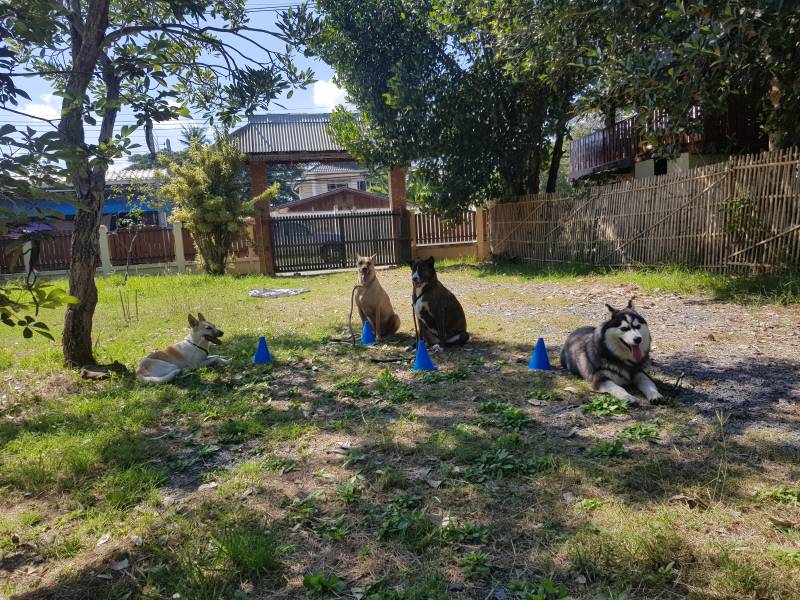
Responsible rehoming strengthens—not breaks—the bond.
When we honour their past and ease them into a new future, we protect more than welfare—we protect dignity. And in doing so, we become part of a better story, one home at a time.
Best practices for minimizing rehoming stress
Understanding how to reduce stress during a dog’s rehoming transition can create positive impacts on both canine welfare and the human-animal bond. Developing supportive environments, using effective training, and ensuring a sense of comfort all play an important role in easing this process for dogs and their new families.
Creating a supportive environment
A caring and calm environment helps a dog feel more secure in their new home. During the first days, keep the household quiet and slowly introduce family members and other pets. Giving your dog a safe, personal space—like a soft bed or cozy crate—can provide them with much-needed comfort.
Try to keep the environment familiar. If possible, bring some of the dog’s old belongings, like their blanket or favorite toy, to the new setting. This can help bridge the gap between their old and new life, making them feel more at home. 😊
Effective training and socialization
Gentle, positive reinforcement training is key for rehomed dogs. Start with basic cues and routines, rewarding calm behavior and small successes. Socialization should happen gradually. Introduce the dog to new experiences and people at their own pace, watching closely for signs of stress.
Engage your dog’s mind and body with regular walks and interactive play. These activities lower anxiety and help strengthen your bond. Always use patience—every dog adapts in their own time.
Maintaining routines and comfort items
Dogs thrive on routine. Try to feed, walk, and play at the same times each day. Consistent schedules make the environment predictable and lessen confusion.
Don’t overlook the value of familiar items. Providing the dog with their previous bed or toys delivers powerful comfort, especially in the early days after rehoming.
With the right care, rehomed dogs can settle into their new homes and start building healthy, trusting relationships. Connection and routine form the foundation for happier, more relaxed pets and owners alike.
The role of professional screening and support
Understanding how professional support shapes successful dog rehoming can create positive impacts for both dogs and families. An effective transition involves much more than simply finding a new home—a thorough assessment process is essential for ensuring not only safety but ongoing well-being 😊.
The significance of home checks and temperament testing
Before any adoption, professionals often carry out home checks. These checks let organizations determine if the home is safe, escape-proof, and ready to welcome a new canine resident. Home checks also provide a chance for adopters to ask questions and clarify expectations.
Temperament testing is another key tool. Through gentle observation and structured activities, professionals can gauge a dog’s behavior, stress level, and compatibility with different family members—including children or other pets. Dogs that are shy or anxious may need extra support, while those with a history of aggression might require homes with experienced owners.
Improved matching and placement through assessment
Professional assessments play a huge role in pairing the right dog with the right family. Matching criteria such as energy level, temperament, and lifestyle needs mean fewer returns and fewer behavioral issues down the line. This thoughtful process respects the needs of dogs and people alike, reducing heartache and instability.
The value of ongoing professional support
Support shouldn’t end at adoption day. Ongoing professional help, such as post-placement check-ins or access to dog trainers, makes transitions much smoother. This guidance helps new owners manage behavioral hiccups and navigate challenges as their dog settles in. When families have somewhere to turn, dogs are less likely to be returned, and confidence grows for everyone involved.
Professional screening and sustained support are vital steps that foster happier, healthier matches, laying the foundation for positive long-term relationships between dogs and their new families.

Education and prevention strategies
Early intervention programs
Understanding early intervention programs can create positive impacts on dog welfare by preventing unnecessary rehoming. These programs identify challenges that owners face—like behavioral issues or changes in circumstances—before they escalate. Offering timely help, such as free training classes, mentorship from experienced dog owners, or direct access to veterinarians, helps families resolve problems and keep their dogs at home longer. Proactive counseling can also empower owners, making them feel supported rather than overwhelmed when challenges arise.
Responsible dog ownership education
Have you ever wondered why some dogs thrive in their homes while others end up being rehomed? Responsible dog ownership education is essential for all current and future owners. Educating people about the lifetime needs of dogs—covering proper training, medical care, socialization, and realistic expectations—often reduces the risk of giving up a pet. This education can happen in schools, veterinary clinics, shelters, and community organizations, helping to build long-lasting and healthy human-animal bonds.
Some key topics for dog ownership education include:
- Understanding breed-specific needs and activity levels
- The importance of preventative healthcare
- Basics of positive reinforcement training
- Early warning signs of stress or illness
When communities invest in owner education, dogs are less likely to experience the trauma of rehoming.
Addressing socioeconomic factors
We understand how challenging it can be for families facing financial strain or unpredictable life changes. Socioeconomic hardship is a major reason why some dogs are rehomed. Solutions like subsidized veterinary care, access to pet food banks, or payment plans for emergencies can reduce the pressure on families. Providing easily accessible resources ensures that dogs can remain with their loving owners, preventing surrender.
By focusing on practical support, early intervention, and widespread education, communities can foster environments where fewer dogs need rehoming, and both pets and families thrive together. 😊
Resources and support systems
Organizations and services for responsible rehoming
Understanding where to turn for help makes the journey of dog rehoming less overwhelming. Many dedicated organizations, including animal shelters, rescue groups, and adoption networks, offer guidance through every step of the process. These groups help assess the dog’s needs, match them with suitable adopters, and educate new owners. Their teams can also provide valuable tips, contracts, and follow-up support to ensure a successful transition.
Some shelters provide short-term foster care, giving dogs a safe space while looking for their forever home. These programs reduce stress for the pet, making the transition smoother for everyone involved. For owners facing hardship, there are pet retention programs that work to keep pets and families together by offering training advice or temporary supplies.
Behavioral rehabilitation resources
Behavioral issues like anxiety, fear, and aggression can be common in rehomed dogs. Thankfully, there are resources designed to help. Certified dog trainers and animal behaviorists often work closely with rescue organizations. They create tailor-made plans to improve a dog’s confidence and social skills before and after the move.
Online resources, support groups, and community classes can also be helpful. Many organizations now offer virtual consultations, making expert guidance accessible even if you live far from specialized support. This extra help can be life-changing for dogs with past trauma, helping them adapt and thrive in their new environment.
Financial and practical support for owners
Financial stress is a common reason owners consider rehoming. Support systems—including subsidized veterinary care, pet food banks, and temporary boarding options—offer valuable relief for struggling families. Some programs assist with medical expenses, training costs, or even basic necessities like bedding and food.
Informative resources, such as early intervention and responsible ownership programs, guide owners on making thoughtful choices and seeking help before rehoming becomes necessary. This network of support strengthens the bond between people and dogs, offering hope and practical solutions 😊.
As more dogs and families receive the supportive networks they need, everyone benefits from peaceful, positive experiences.
Making the difficult decision: A compassionate approach
When rehoming is the right choice
Understanding when rehoming might be best for a dog’s welfare is never easy. Sometimes, despite every effort, an owner’s circumstances change or the dog’s needs can’t be met. Things like serious behavioral challenges, financial strain, or major family shifts may make staying together impossible. In these cases, putting the dog’s physical and emotional well-being first shows true compassion.
It’s important to explore all other options before moving forward. This might include training, support services, or temporary fostering. Many families are surprised by the resources available to help them keep their beloved pet. If you’ve exhausted every path and rehoming is still the best option, know that you are prioritizing your dog’s chance at a happier, more stable life.
Navigating the emotional journey
Making the decision to rehome can trigger sadness, guilt, and worry. You’re not alone—many owners feel deep grief during this process. It helps to talk with others who understand, like support groups, counselors, or compassionate friends. Remember, feeling emotional proves how much you care for your dog. Taking time to reflect, seek support, and process your feelings can ease the transition for both you and your pet.
Being honest with adopters
Transparency with potential adopters is key. Share everything important—your dog’s medical history, daily habits, likes, fears, and any behavioral issues. Honest communication helps set realistic expectations, making it more likely for the match to succeed. This honesty is not only ethical; it supports the welfare of both the dog and the new family.
Approaching this decision thoughtfully and with kindness lays the foundation for a brighter future for your dog and peace of mind for you. 😊
Conclusion: Strengthening the human-animal bond
A ripple effect on dog welfare
Understanding responsible dog rehoming has far-reaching benefits for both dogs and humans. Thoughtful rehoming practices offer a chance for dogs to thrive in loving homes. When rehoming is done responsibly—with transparency, preparation, and support—dogs are more likely to adjust well. This leads to fewer behavioral issues and better overall well-being. Research shows that responsible practices, such as matching based on needs and offering post-adoption support, significantly boost the welfare of rehomed dogs.
Positive changes for people and pets
Rehoming is more than just a transfer—it’s about shaping positive experiences for families and dogs alike. When families receive guidance and support, the adjustment is smoother and happier for everyone. Children learn compassion, adults gain confidence as pet owners, and new bonds are formed. Responsible processes reduce the emotional strain on all involved, creating lasting positive memories and relationships that can last a lifetime.
The community’s vital role
Creating positive rehoming outcomes goes beyond the individual dog or family. Shelters, trainers, volunteers, and local organizations all play important parts. Providing education, resources, and support services helps dog owners make informed and compassionate choices. Community initiatives, such as early intervention programs or pet food banks, help keep more pets in loving homes and support those who must rehome. Working together, these efforts create a safety net for dogs and owners, helping to prevent unnecessary relinquishment and supporting long-term canine happiness.
By embracing these practices, the human-animal bond grows stronger—offering lasting benefits to everyone involved. 🐾

